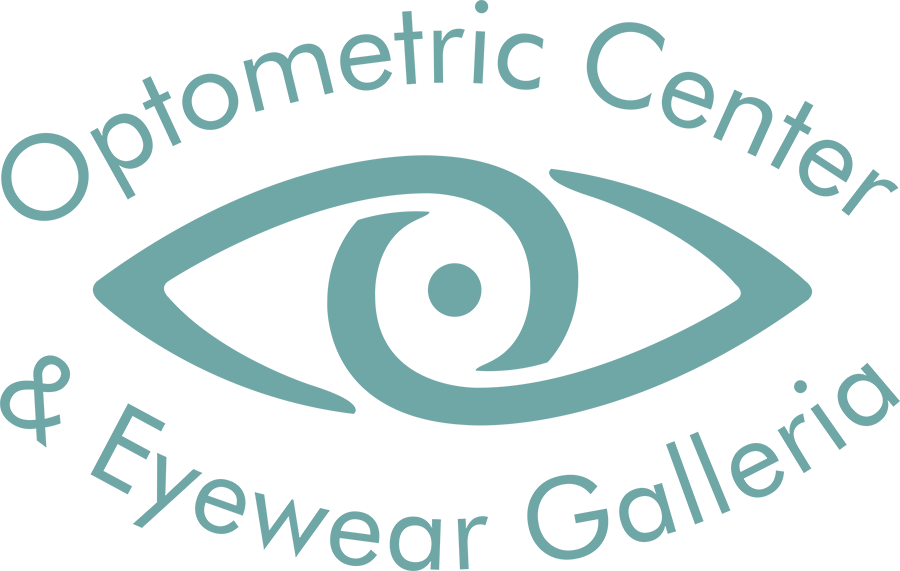
Contact lenses come in a variety of shapes and styles to suit the range of needs for individual patients. What this means is that there is almost certainly a type of contact lens that will both feel comfortable for you and improve your vision.
Some types of contact lenses are known as speciality lenses. This is because they are designed specifically to overcome some eye issues which may prevent a patient from wearing the most common and generic styles of contact lenses. In fact, speciality contact lenses have transformed the vision options of many patients who would otherwise have only had the choice between wearing glasses or undergoing laser vision correction. There are numerous types of speciality contact lens, including scleral lenses.
What are scleral lenses?
Scleral contact lenses get their name from the fact that, unlike regular contacts, they vault over the entire corneal surface and rest on the white part of the eye, which is called the sclera. This makes them larger than standard contacts, which in turn provides a variety of benefits. Their size makes them easier to handle and more stable when on the eye, which in turn provides the patient with sharper and more reliable vision. They are also less likely to become dislodged and come out.
Scleral contact lenses are also gas permeable, which means that oxygen can pass right through them and reach the surface of the eyes. This is important for comfort, particularly for patients who experience dry eyes. The gap that is created between the back of the contact lens and the front surface of the eye can also trap tear film, acting as a fluid reservoir which will keep the eyes moist and healthy.
Types of scleral lenses
Within scleral lenses there are several different sizes to choose between. These are based on where the lenses meet the surface of the eye and are as follows:
Full scleral lenses: the largest type, they provide the greatest amount of clearance between the cornea and lens and rest on the outer sclera.
Mini scleral lenses: the mid-size variety, make contact with the eye on the anterior sclera.
Semi-scleral lenses: although larger than conventional lenses, they are not huge, and the edge of the contact lens rests on the junction between the cornea and the sclera.
Your scleral lens provider will be able to make a recommendation as to the correct size for you, which will be based on your individual requirements.
Eaglet Eye Surface Profiler (ESP): Precision Fit for Specialty Contact Lenses
We’re proud to offer the Eaglet Eye Surface Profiler (ESP)—one of the most advanced corneo-scleral topography systems available today. This breakthrough technology allows us to provide unmatched accuracy when fitting specialty contact lenses, particularly for patients with complex eye conditions.

What is the Eaglet ESP?
The Eaglet ESP is a 3D ocular surface profiler that captures over 350,000 data points across the cornea and sclera (the white part of the eye). This non-invasive imaging device enables ultra-precise measurements of the entire front surface of the eye.
Key Features & Benefits:
Full Ocular Surface Mapping
Goes beyond standard corneal topography by measuring both the cornea and the sclera, essential for fitting scleral and hybrid lenses.Customized Lens Designs
Allows for truly personalized lenses tailored to your unique eye shape, improving comfort, vision, and lens stability.Ideal for Complex Cases
Especially helpful for patients with keratoconus, post-surgical corneas, high astigmatism, dry eye, or irregular corneal surfaces.Non-Invasive & Fast
The scan takes only seconds and provides your eye care professional with detailed data to ensure the best lens fit possible.Enhanced First-Fit Success Rate
Reduces the need for multiple trial lenses, saving time and increasing your satisfaction with your new lenses.
Who Can Benefit from ESP-Assisted Lens Fitting?
Patients with keratoconus or corneal ectasia
Individuals with irregular or post-surgical corneas (e.g., post-LASIK or corneal transplant)
Patients needing scleral, hybrid, or ortho-K lenses
Those who’ve struggled with lens discomfort or poor vision using traditional lenses
Experience a new level of precision in contact lens fitting with the Eaglet Eye Surface Profiler. Ask us how ESP technology can help you achieve clearer, more comfortable vision with custom lenses tailored just for you.

Who are scleral lenses recommended for?
Although technically anyone can wear and benefit from scleral lenses, they are a particularly good option for patients who have eye conditions or irregularities that for which regular contacts are not suitable. This includes patients with:
Dye eye syndrome. Contact lenses float on a fine layer of tear film, which keeps them comfortable and in position. Patients with dry eye syndrome either do not have enough natural tear film, or what they do have drains away too quickly. This canmake wearing regular contact lenses difficult and uncomfortable. However, the design of scleral lenses keeps moisture on the surface of the eyes, eliminating some of the effects of dry eyes. This makes scleral lenses a great choice for patients with dry eyes.
Irregular corneas. The cornea is the clear dome that covers the front part of the eye and many people have a cornea that is a slightly, or significantly, irregular shape. This causes light to be refracted incorrectly when it enters our eyes, triggering vision problems. Issues arising from irregularly shaped corneas cannot be completely corrected using glasses or conventional contact lenses. Therefore, scleral lenses, which provide sharper and more accurate vision, are recommended.
Keratoconus disease. This causes the cornea to thin and bulge. This bulge generally takes on the appearance of a cone. As light enters the eye, it becomes distorted by the cone causing vision abnormalities. Modern research is connecting keratoconus with an enzyme imbalance in the cornea. This imbalance leaves the eye susceptible to oxidative free radicals. Keratoconus has also been linked to UV damage, excessive eye rubbing, poorly fitting contacts, and chronic eye irritation.
For more information about scleral lenses, please do not hesitate to call our expert eye care team.




